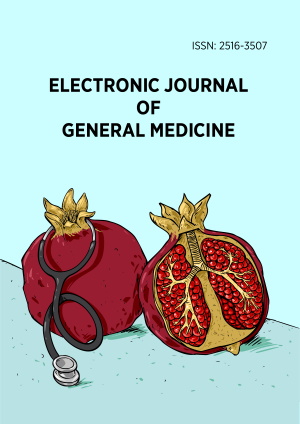Abstract
Background: Hepatocellular carcinoma (HCC), the most common primary liver cancer, remains a leading cause of cancer-related deaths worldwide, particularly in regions with a high prevalence of chronic liver diseases. Its increasing incidence is driven by rising rates of cirrhosis due to viral hepatitis, alcohol abuse, and non-alcoholic fatty liver disease. Despite advancements, HCC is often diagnosed at advanced stages, limiting curative treatment options. Sorafenib, a tyrosine kinase inhibitor, is the standard treatment for advanced HCC, but its modest efficacy and significant side effects highlight the need for alternative or complementary therapies. Soursop (annona muricata) has gained attention for its anticancer properties, particularly annonaceous acetogenins, which show selective cytotoxicity and apoptosis-inducing effects in cancer models.
Methods: This study evaluated the anticancer potential of soursop leaf extract (SLE) in a post-test-only randomized controlled trial using male Wistar rats with diethylnitrosamine (DEN)-induced HCC. DEN was administered weekly for six weeks, followed by treatments with SLE or sorafenib. Outcomes included liver volume and apoptotic and angiogenic markers (caspase 8, vascular endothelial growth factor, B-cell lymphoma protein 2 [BCL-2], and alpha-fetoprotein [AFP]).
Results: Among the 48 rats studied, 35 completed the trial. Groups treated with SLE (50 mg/kg or 100 mg/kg) alongside sorafenib showed significant improvements in apoptotic markers, notably caspase 8 (p = 0.043) and BCL-2 (p = 0.018), along with reduced AFP levels (p = 0.001).
Conclusion: SLE, particularly at 50 mg/kg, demonstrated potential as an adjunct to sorafenib, enhancing its anticancer effects by modulating apoptotic pathways and reducing tumor markers. Further studies are needed to explore its mechanisms and long-term impact on HCC.
License
This is an open access article distributed under the Creative Commons Attribution License which permits unrestricted use, distribution, and reproduction in any medium, provided the original work is properly cited.
Article Type: Original Article
ELECTRON J GEN MED, Volume 22, Issue 4, August 2025, Article No: em670
https://doi.org/10.29333/ejgm/16568
Publication date: 07 Jul 2025
Article Views: 1312
Article Downloads: 6465
Open Access References How to cite this article
 Full Text (PDF)
Full Text (PDF)